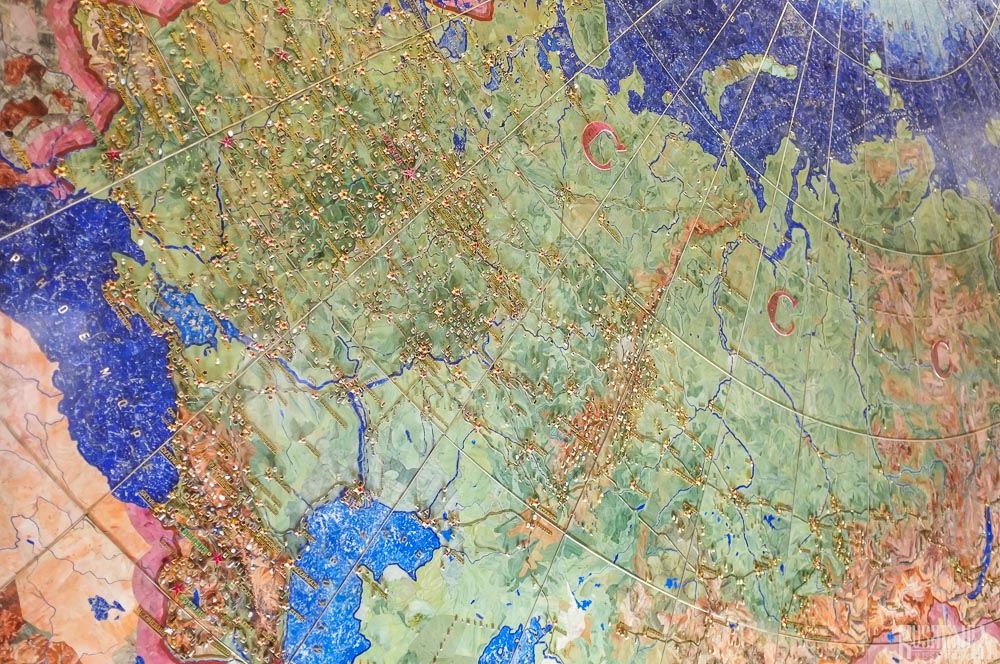Yelabuga - a historical haven on the Kama
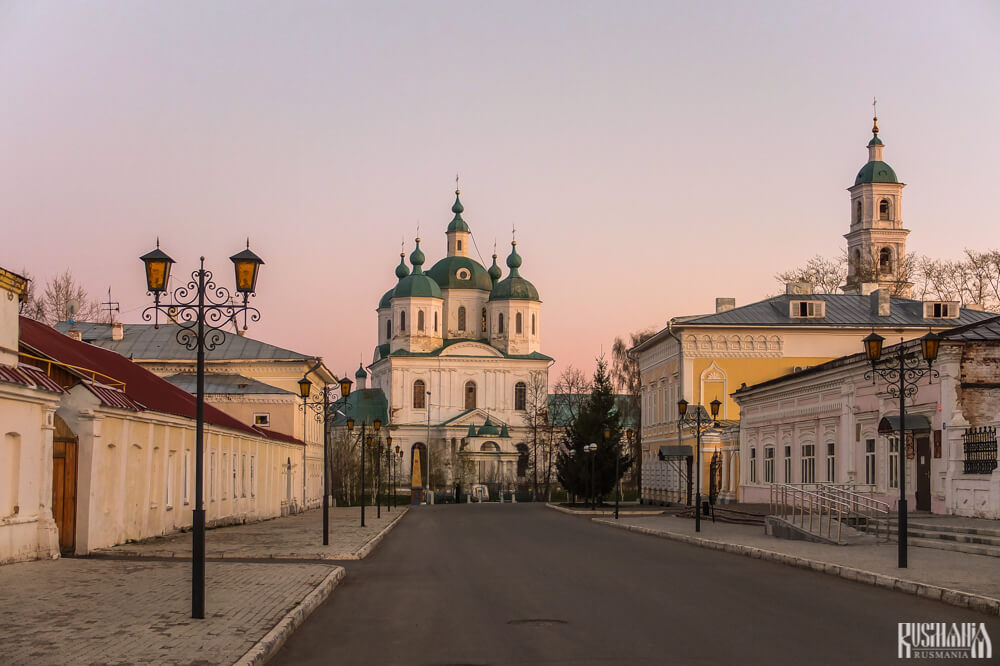
►Routes ►Places ► Yelabuga - a Historical Haven on the Kama

Most visitors to the Russian republic of Tatarstan just go to the republic’s beautiful capital of Kazan, with its interesting mix of East and West and Muslim and Orthodox cultures. However the republic has a lot more to offer than just its capital – as wonderful as it is. One such destination is the Historical City of Yelabuga in the east of the republic.
As with many Historical Cities of Russia, Yelabuga has managed to retain its charm due to it being overlooked when the plans for the railway lines were drawn up. We therefore opted to travel to Yelabuga by bus from Kazan which takes five hours, but we flew back to Moscow via the Begishevo Airport which is about a 30-minute taxi ride from Yelabuga. This airport also serves Yelabuga’s larger neighbouring cities of Nizhnekamsk and Naberezhnye Chelny (where KamAZ trucks are manufactured). Of these three cities, Yelabuga is without a doubt the gem in the triangle and the only one which can truly be described as a tourist destination; in fact it is hard to be more different from its industrial neighbours.
The city is divided into two parts – the upper part is more industrial (one of the first special economic zones in Russia was established here), whereas the lower part is where most of the historical sites, restaurants and museums are found. However we started our visit in the upper part where the bus station is located. Despite being the less touristic part, it is here that you will find one of the most famous landmarks of Yelabuga: the stone tower of the Chyortovo Ancient Settlement. It is also appropriate in terms of chronology to start your visit here as this is where the first settlement in the area is believed to have been located next to the River Toyma (a tributary of the Kama).
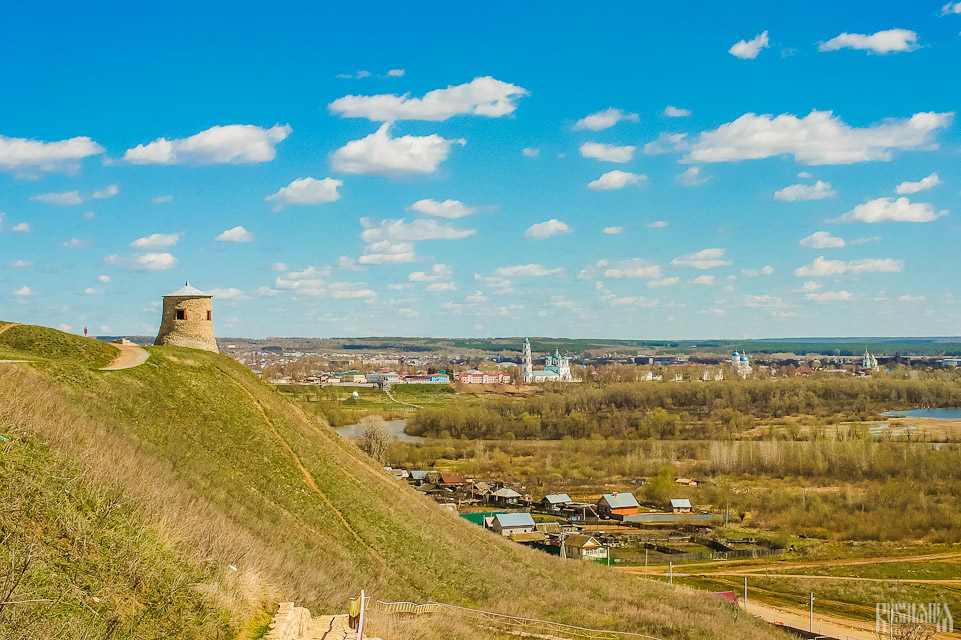
Yelabuga is one of the oldest cities in Tatarstan and it celebrated its millennium in 2007, although the city’s official adoption of 1007 as the year of foundation is debated among some historians. Supporters of the 1007 theory suggest that Yelabuga was founded by Emir Ibragim I ben Mukhamad of the Volga Bulgars – a nomadic Turkic people who settled here in the 10th century and whose lands were incorporated into the Mongols’ Golden Horde in 1236. It was the Bulgars who built the fortification whose tower, which was restored in the mid-19th century, now once again stands overlooking the River Toyma as it flows into the Kama. From this vantage point you can enjoy great views of the river and the city below.
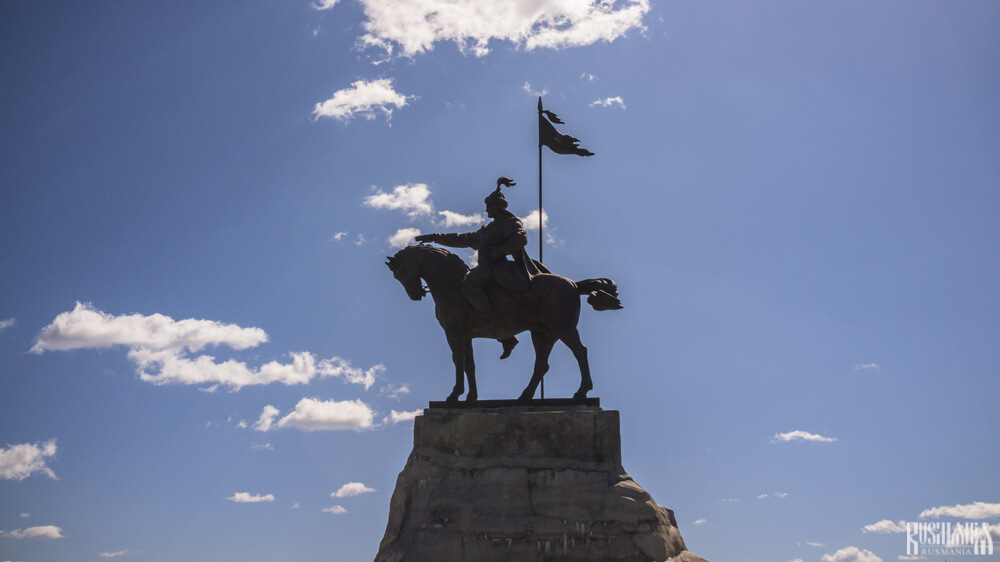
After looking around the settlement’s recent additions of a recreation of a wooden fortress and a statue of Emir Ibragim, we descended the staircase and headed for the lower part of the city. It is this part of the city which has earned Yelabuga the status of a historical city as it practically only consists of buildings from the 19th century arranged according to a town plan which was developed during the reign of Catherine the Great.
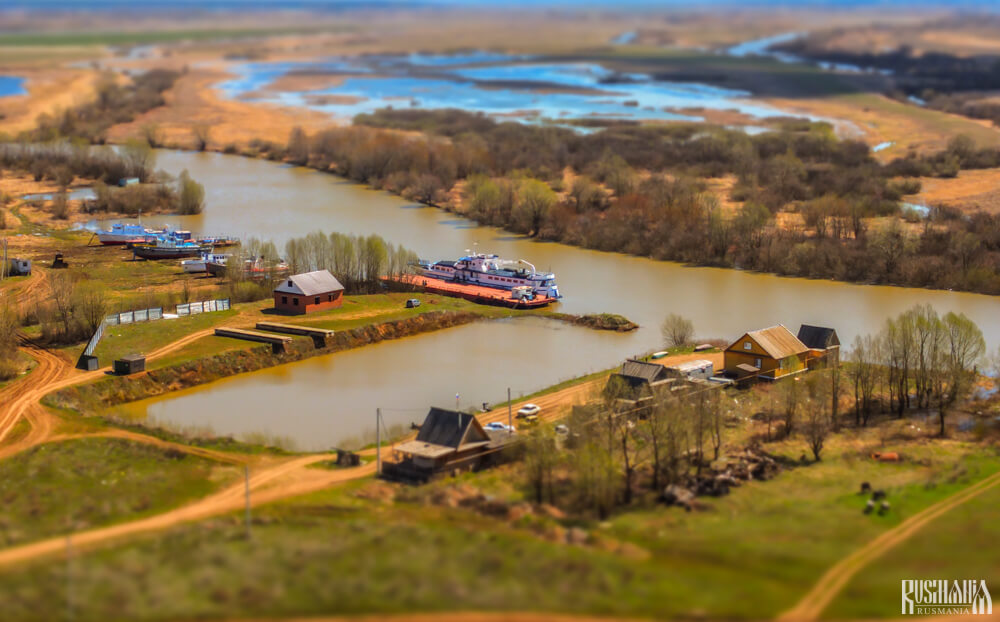
The main street in the historical part of the city is Ulitsa Kazanskaya which runs horizontally across the city. The street has completely retained its original appearance, albeit with the addition of Soviet or more modern monuments. One of the strangest monuments is an unusual statue of Lenin. It consists of a small bust of Lenin placed on top of a large pedestal in front of an small-scale imitation of the Moscow Kremlin’s walls. All in all it creates a rather out of proportion and comical picture.
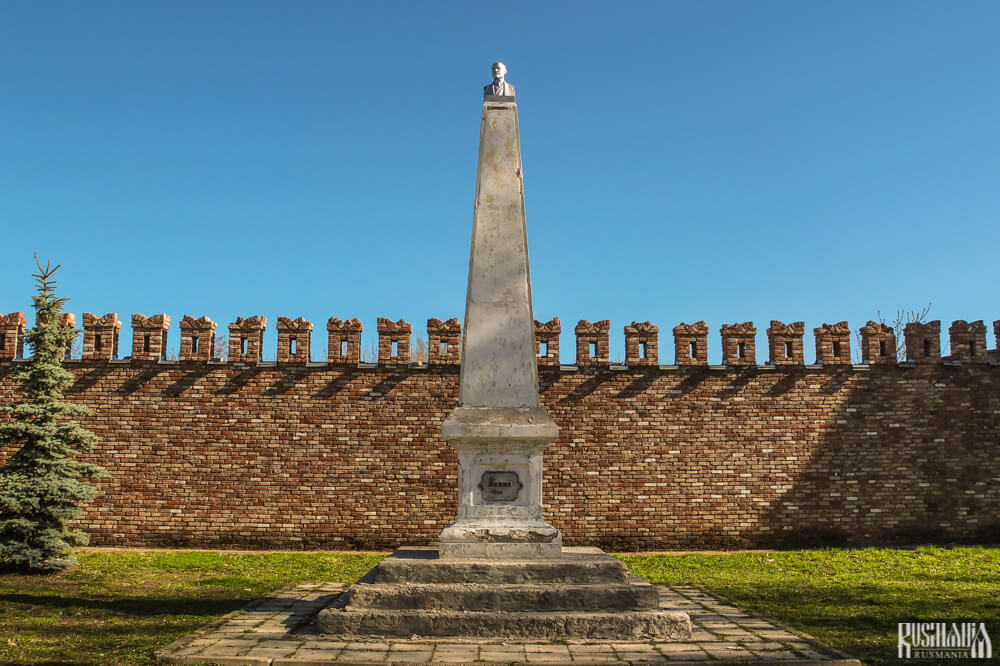
From visiting the City History Museum on Ulitsa Kazanskaya is it immediately obvious that a great deal of investment has been made in Yelabuga’s tourist infrastructure. Normally provincial history museums are rather stuffy places with your standard displays of stuffed animals and old photos of the city. However this museum has been recently completely revamped and interactive elements have been added, which is still rather rare for Russian museums, even in cities much larger than Yelabuga.
Just off Ulitsa Kazanskaya is the city’s main cathedral – the Saviour Cathedral. We took the opportunity to go up the cathedral’s bell tower to again enjoy views of the city, this time looking from the historical centre to the River Kama and the Chyortovo Ancient Settlement.
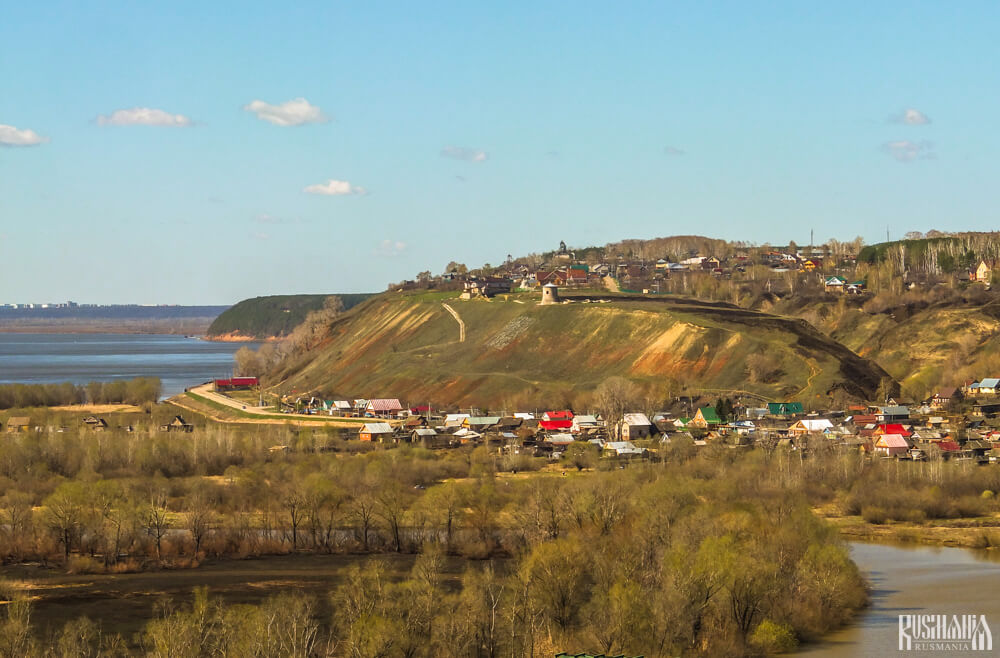
A major benefit to Yelabuga’s tourism potential is its connection with significant figures from Russian culture and history. These connections have been made the most of and museums have been opened in the houses where these people once lived. The famous Russian landscape painter Ivan Shishkin, who is especially celebrated for his realistic forest scenes, was born in Yelabuga in 1832 (in fact, the restoration of the tower at Chyortovo Ancient Settlement was largely down to his father). The museum dedicated to him is located in what was once his family’s beautiful estate house. It is easy to image that the picturesque views of the Kama enjoyed from the house’s balcony must have helped inspire the young painter.

Marina Tsvetaeva, a leading figure of Russia’s Silver Age of poetry also has a link with Yelabuga, although her connection is much more tragic. She was evacuated here in 1941 during the Second World War but was deeply unhappy here and wished to be transferred to Chistopol where other authors had been evacuated. Her application was rejected and a few days later she hanged herself. We visited the museum located in the small house where Tsvetaeva spent the last weeks of her life and then crossed the road to another museum consisting of a recreation of a 19th-century laundry which the poet is known to have visited.
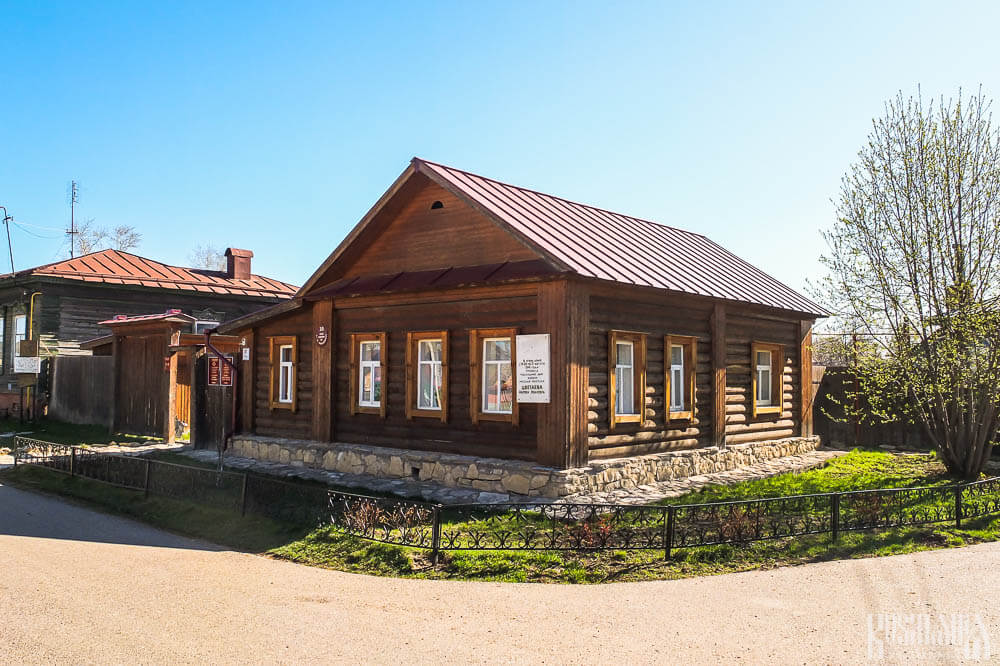
Shishkin and Tsvetaeva are well-known Russian cultural figures, but by visiting two more of Yelabuga’s museums we also learned about two lesser known figures. One is Nadezhda Durova who in 1806 left her husband and son, disguised herself as a man and ran off to join the army. She later became the first female officer in the Russian army and fought against Napoleon at the Battle of Borodino. After the war she settled in Yelabuga and spent the last 50 years of her life here.
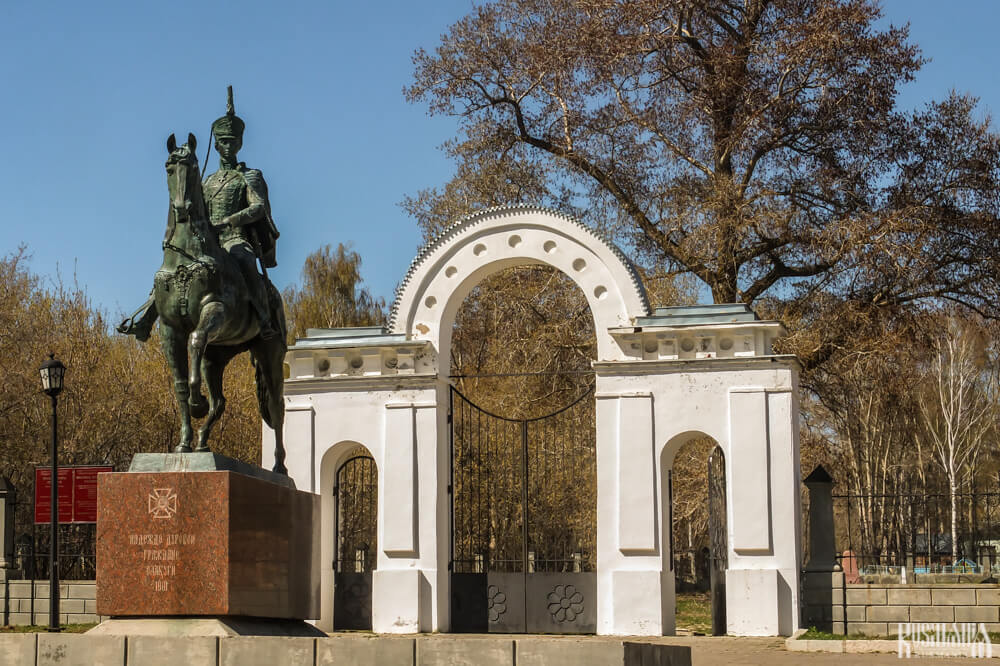
Finally, we visited a museum connected with Mikhail Bekhterev - a leading neurologist and psychologist and rival to Ivan Pavlov (who admittedly we had never heard of before visiting Yelabuga). Bekhterev died in 1927 shortly after examining Stalin and it is believed he may have been murdered on Stalin’s orders for diagnosing the dictator’s paranoia.
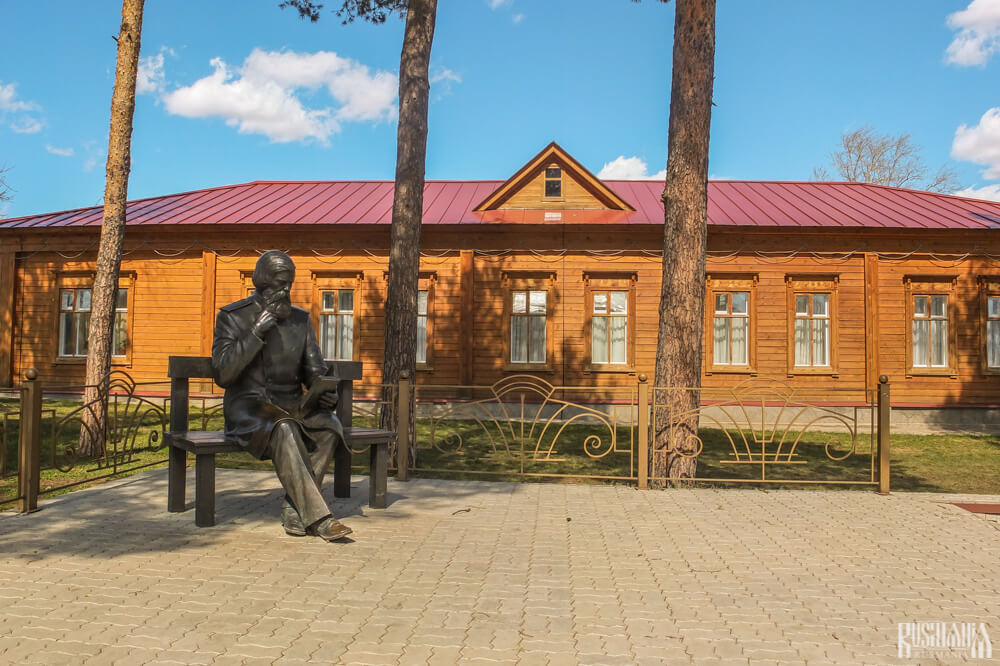
The museum is not just dedicated to Bekhterev but to the standard and practice of medicine in Yelabuga from the 18th century onwards, including recreations of a healer’s house, a chemist’s, a consultancy room, a modern operating theatre and a herbal tearoom. Some of the items on display make you appreciate the progress made in medicine during the last century!
We had by now had our fill of museums, as modern and interesting as they were, and decided to walk more around the city. We ended up at the Old Cemetery located on the very outskirts. In keeping with our chronological order of exploring the city, the cemetery’s war graves brings you to the 20th century, however you will find here not just Soviet war graves but also the graves of German, Hungarian and Japanese POWs who were imprisoned at a POW camp in Yelabuga and died here.
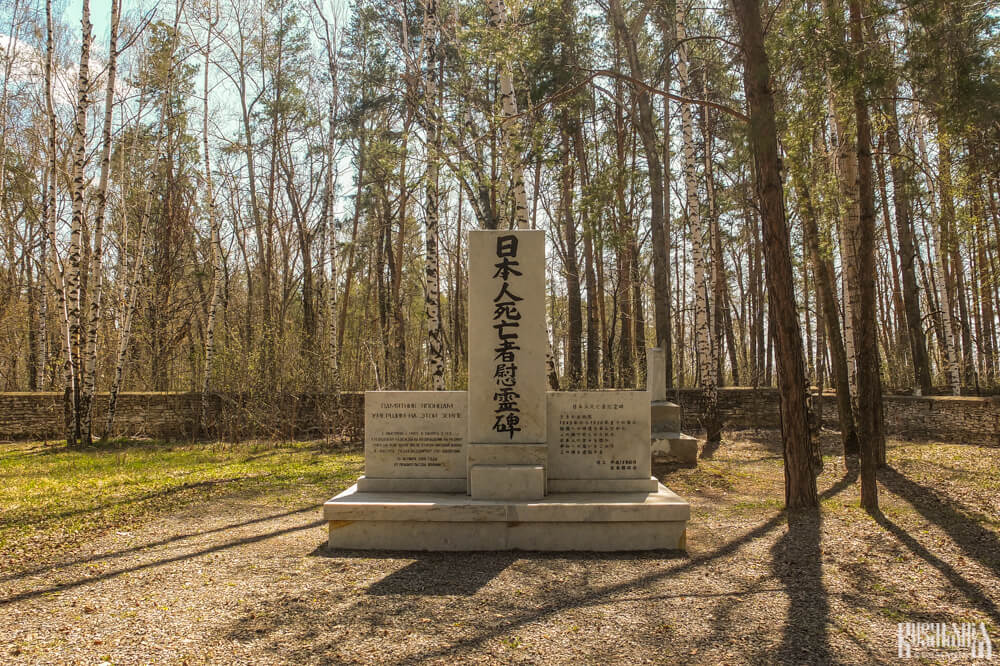
The Japanese script certainly makes an unusual additional to a Russian cemetery. Also buried here is Marina Tsvetaeva and her grave can be found on the edge of a cemetery. However the memorial which stands on the grave today just marks the approximate place of burial as no tombstone was erected during the war and the exact location was subsequently forgotten.
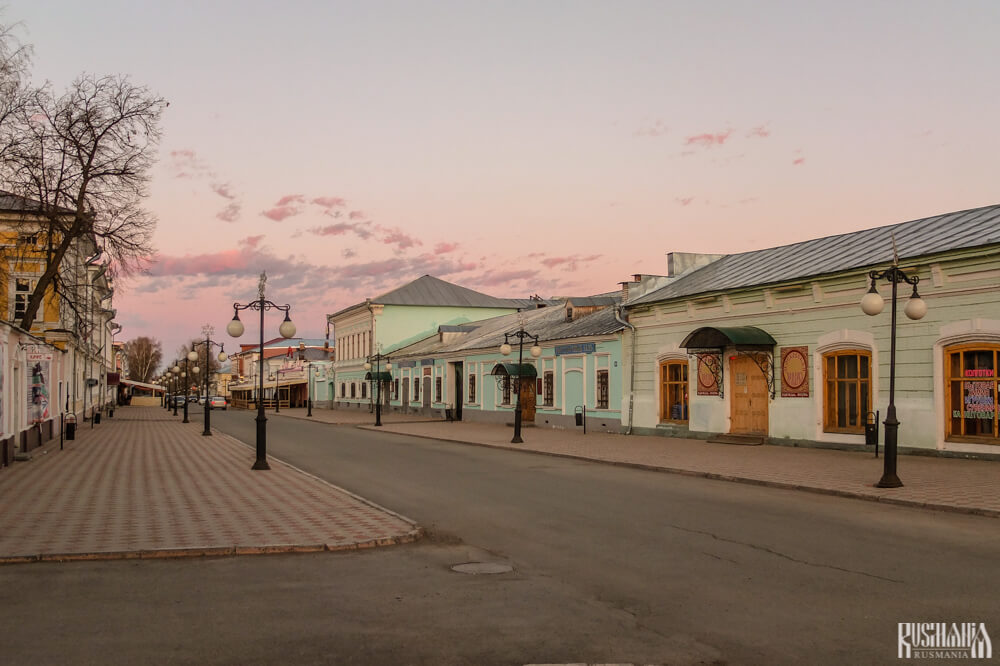
All in all Yelabuga makes a great place to visit. It may not be the easiest place to visit from Moscow or St Peterbsurg, but it is certainly worth the journey as the city has all you could want for a nice weekend break: beautiful natural surroundings on the Kama, a quaint, unspoiled historical centre, unusual and quirky monuments, ancient historical sites and interesting museums connected with fascinating personalities. To top it all, you should also have no problem in finding a comfortable hotel or a good restaurant, which isn’t always the case with provincial cities off the beaten track!

►Routes ►Places ► Yelabuga - a Historical Haven on the Kama
• OTHER PLACES •
THE GEOLOGICAL MUSEUM IN ST PETERSBURG
St Petersburg has hundreds of museum and many of the smaller ones are often unfairly overlooked by tourists. One such hidden gem is, quite literally, the Geological Museum which is part of the Aleksandr Karpinsky All-Russian Scientific and Research Geological Institute.
GOROKHOVETS – AN UNDISCOVERED JEWEL ON THE EDGE OF THE GOLDEN RING
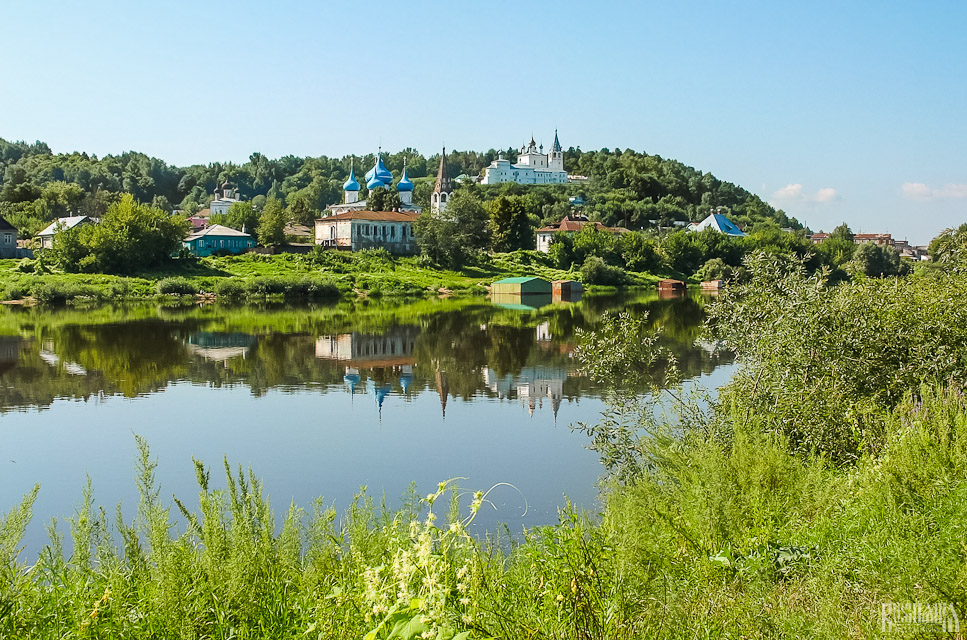 In 2010 the Russian Ministry of Culture created a new list of “historical cities of Russia” limiting the status to just 41 cities (there were previously over 400). We visit some of these historical cities to see whether they have the potential to become popular tourist destinations.
In 2010 the Russian Ministry of Culture created a new list of “historical cities of Russia” limiting the status to just 41 cities (there were previously over 400). We visit some of these historical cities to see whether they have the potential to become popular tourist destinations.
LEVSHA FLEA MARKET IN MOSCOW REGION
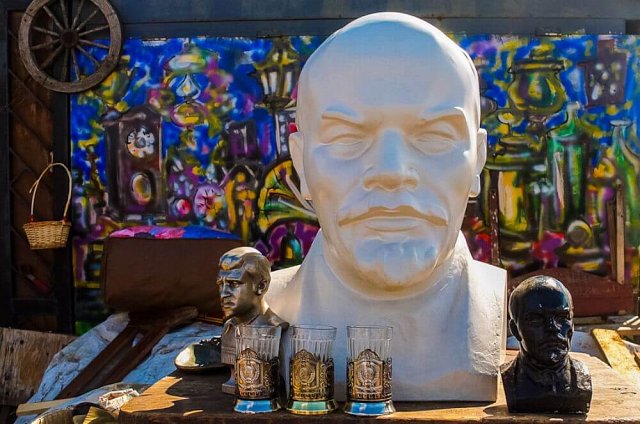 Many visitors to Moscow visit the flea market which makes up part of the Vernisazh Market at Partizanskaya metro station, but the Levsha Flea Market is much less often visited by tourists, mainly as it is located 30km from the centre of Moscow just outside the city of Khimki.
Many visitors to Moscow visit the flea market which makes up part of the Vernisazh Market at Partizanskaya metro station, but the Levsha Flea Market is much less often visited by tourists, mainly as it is located 30km from the centre of Moscow just outside the city of Khimki.
THE PARAMONOVSKIE WAREHOUSES IN ROSTOV-ON-DON
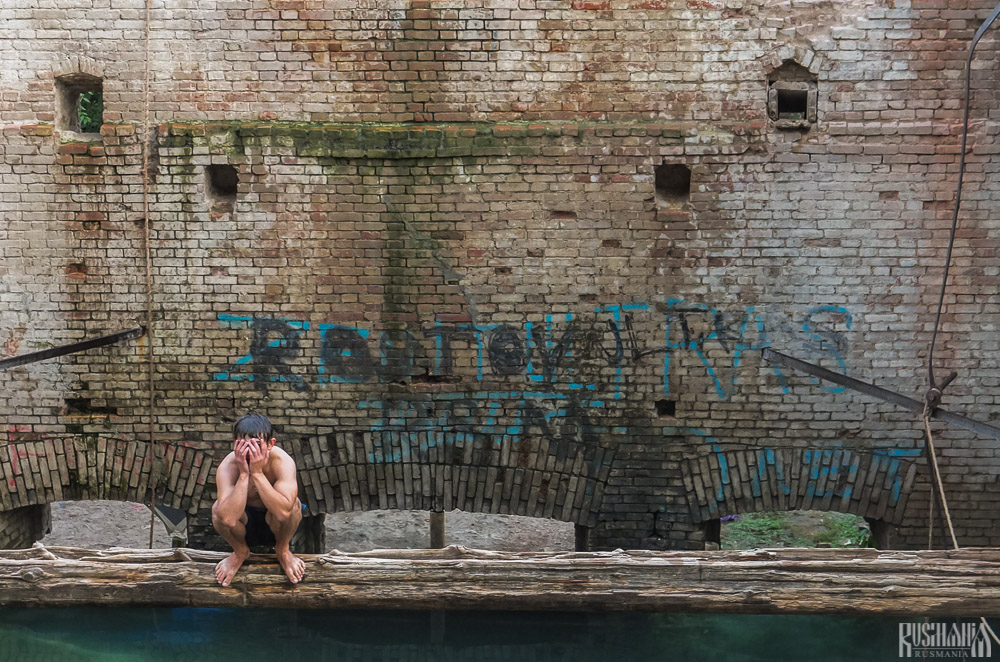 One of the most popular and most unusual sights in the southern Russian city of Rostov-on-Don are the Paramonovskie Warehouses, which are the ruins of 19th century warehouse complex, located just of the city’s pleasant Don embankment.
One of the most popular and most unusual sights in the southern Russian city of Rostov-on-Don are the Paramonovskie Warehouses, which are the ruins of 19th century warehouse complex, located just of the city’s pleasant Don embankment.

